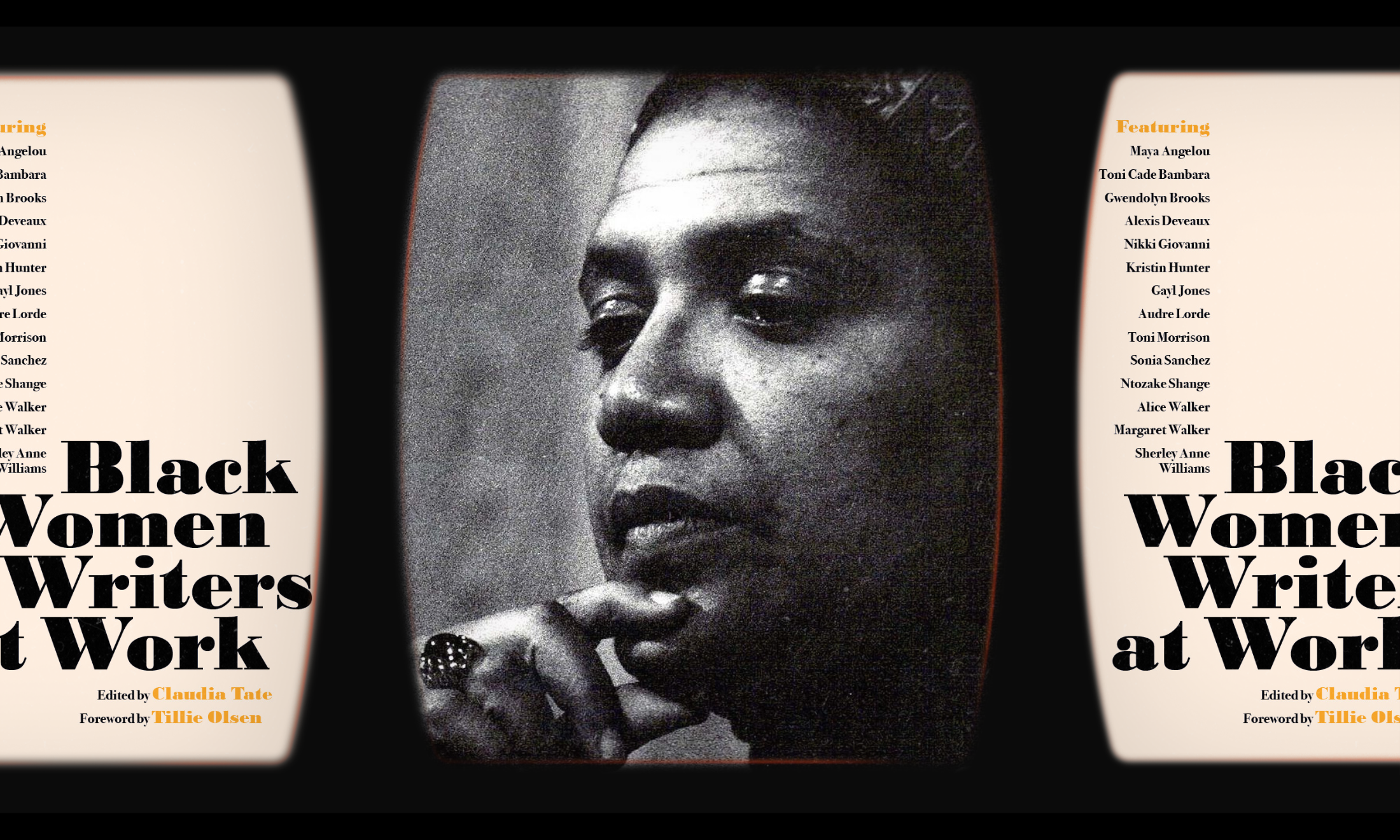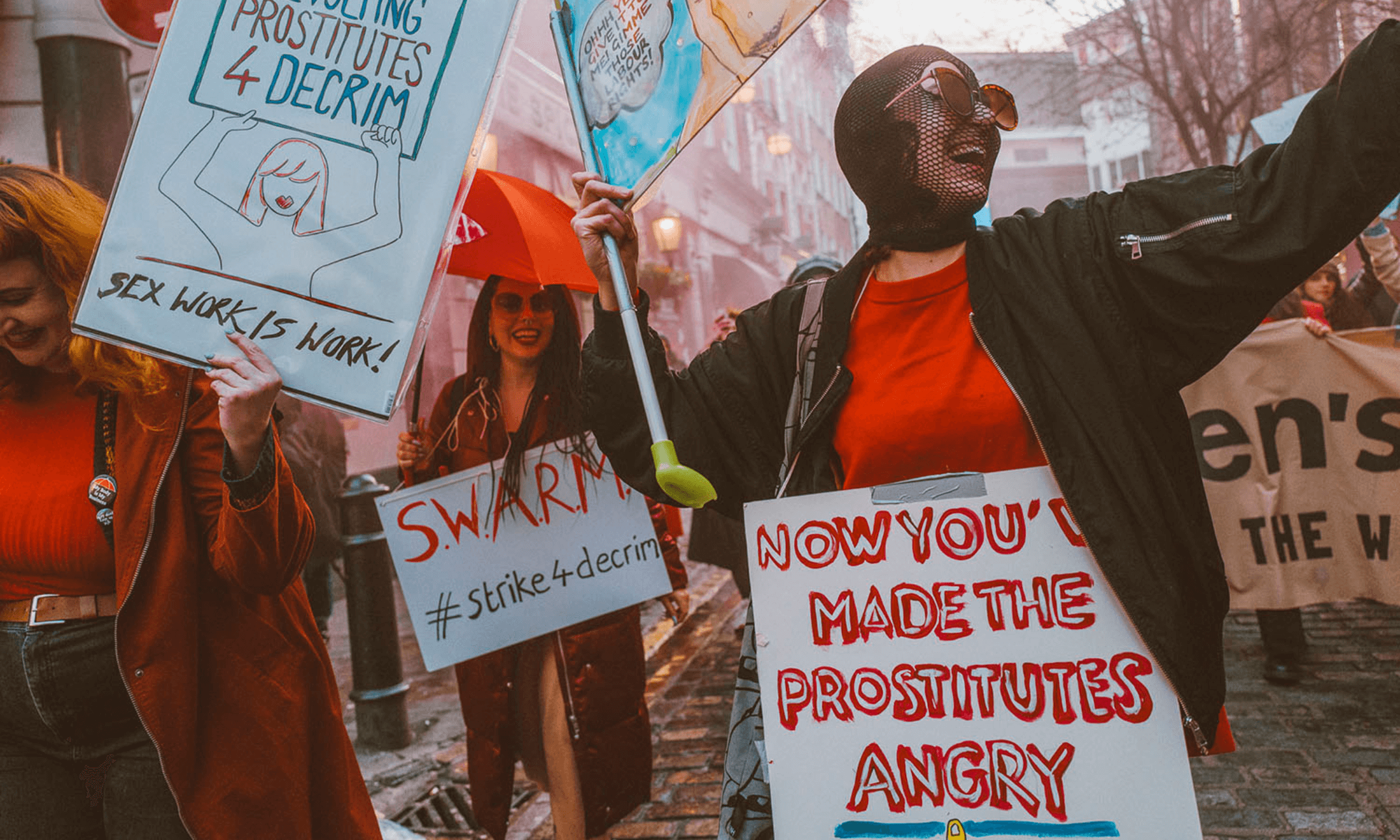
Recently, in a creative writing seminar at my university, I shifted uncomfortably in my seat as I listened to the feedback of a short story written by a girl in our class. Our weekly assignment was to peer review each other’s fictitious endeavours. This one story in particular stood out to me, but for all the wrong reasons.
It wasn’t because it was a moving tale of two scrawny Indian boys struggling to survive by magnetising rupees from the Ganges in Varanasi. It wasn’t because the succinctly eloquent narration “echoed the style of Hemingway”, as my professor described. Technically, the story did its job in conjuring deep sympathy for the two characters. One of them tragically drowns in a storm, while the other looks on at his dead friend’s body. No, it was because the author of this story was a white, middle-class English girl who had never been to Varanasi, India.
“It all points to the wider problem of white appropriation of the collective agencies, voices and narratives of PoC”
The one girl in the class who was actually from India had heatedly pointed out an extensive list of cultural, social and geographical inaccuracies in the story, highlighting the sheer insensitivity, offensiveness and condescension that white writers often exude when writing about foreign cultures (of which they know nothing about). When the professor asked the girl where she had sourced her knowledge of Varanasi from, she responded with, “Oh, I watched a few documentaries”.
Reductionist depictions of ex-colonial cultures in white, Western literature and media are hardly new, but they remain widely circulated and insidiously problematic. I can list a few recent examples where the portrayal of people of colour and foreign cultures echo the racist colonial attitudes of a “bygone” era.
In Danny Boyle’s 2008 drama Slumdog Millionaire, we witness the rags-to-riches story of an Indian orphan. Despite the film being based on Indian diplomat Vikas Swarup’s novel, you cannot help but feel that the scenes focused on depravity and abject poverty are overtly sensationalised for cinematic effect for the eyes of Western audiences, a.k.a. “poverty porn”. Couple that with the fact that the director, screenplay writer, and producer of Slumdog are all white men. It all points to the wider problem of white appropriation of the collective agencies, voices and narratives of PoC.
We see this in films like The Best Exotic Marigold Hotel (John Madden, 2011) and The Help (Tate Taylor, 2011), inspired by novels penned by white women, Deborah Moggach (These Foolish Things, 2004) and Kathryn Stockett (The Help, 2009) respectively. Each film delved into the worlds and intricacies of either Indian or African-American culture, offering us lead white actors and actresses that purported to alleviate or “save” the lives of the minor PoC characters.
In The Best Exotic Marigold Hotel, the audience is invited to align with the white perspectives of British retirees in an exoticised India, cementing the abstract distinction between the Occident and the Orient. Us, and them. In The Help, we follow the journey of white journalist-turned-activist Skeeter, on her road to literary success as she moves onto bigger and better things, while the black maids she helped “liberate” are left in even worse domestic and financial states than before. Can we fully entrust white writers to narrate or represent the tales and customs of PoC cultures. Especially towards those in which they share no affinity with?
“…Asia is generalised as a swamp of decrepit poverty and disease requiring ‘white’ heroical figures by Western media, fuelling the ‘poverty porn’ genre of film and documentary making so consumed and embraced by white audiences”
With my own Chinese heritage, I am acutely aware that whilst China was never fully colonised by a Western power, its own cultural portrayal still falls within the Orientalist discourse outlined by the post-colonial work of the academic Edward Said. The cultures of the “Orient” – cultures that don’t pertain to the civility of the “Western”, Occidental world – are viewed as barbaric and morally inferior. From depictions in Anna and the King (Andy Tennant, 1999) to The Painted Veil (John Curran, 2006), along these lines Asia is generalised as a swamp of decrepit poverty and disease requiring “white” heroical figures by Western media, fuelling the “poverty porn” genre of film and documentary making so consumed and embraced by white audiences.
This brings me back to the white writer in my seminar. I find it difficult to reconcile the praise of her depiction of Indian culture, and her detached viewing of documentaries, undoubtedly stylised by white filmmakers for a white audience. Does her inherent “whiteness” protect her from the true “lived experience” of PoC that she portrays so patronisingly? Specifically, does her perceived distance as a white woman lend her the protection and indifference to these inequalities and problems within the culture she chooses to write about? Can she take credit for her appropriation and exploitation of a wider ex-colonial culture so pervasively made inferior due to “whiteness”, as seen in these examples of poverty porn?
We can never fully acknowledge the extent to which ex-colonial culture has played an imperative role in the framing of Western entertainment, literature and media. As it has taken centuries for these interwoven issues to come to light, it will take even longer to unravel the problematic legacy of our colonial history.








